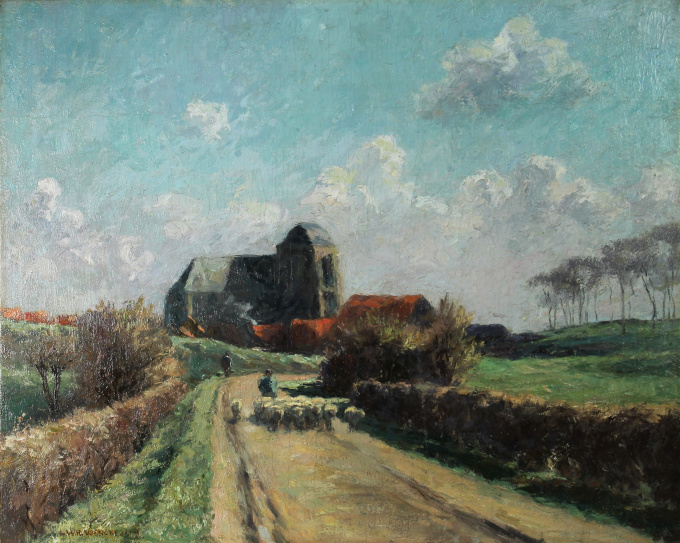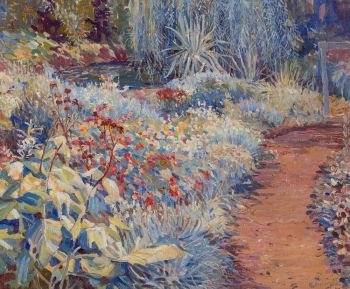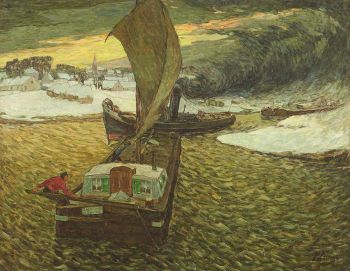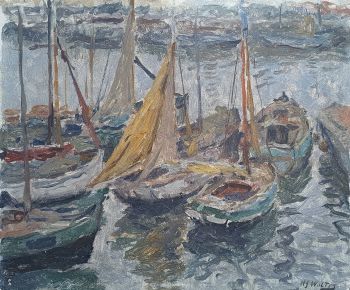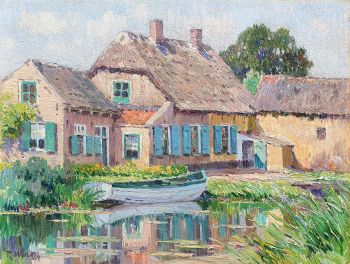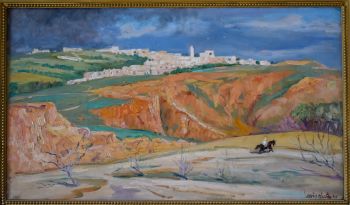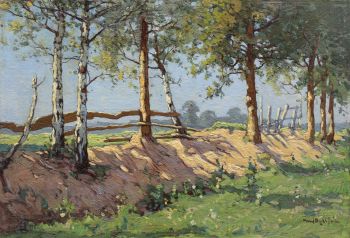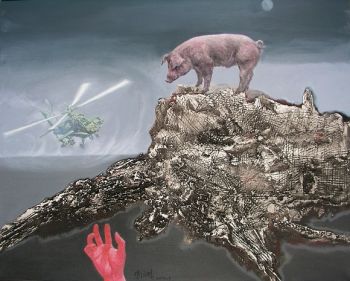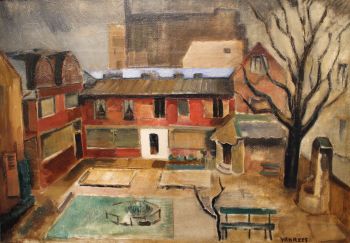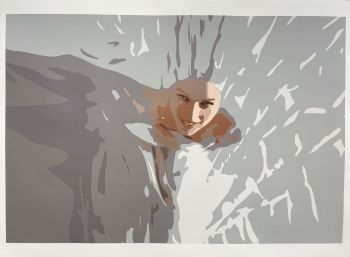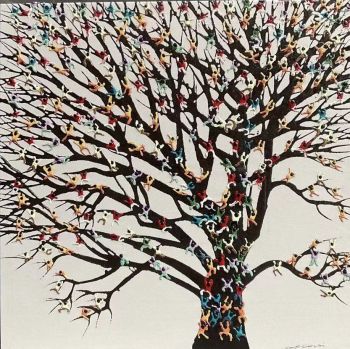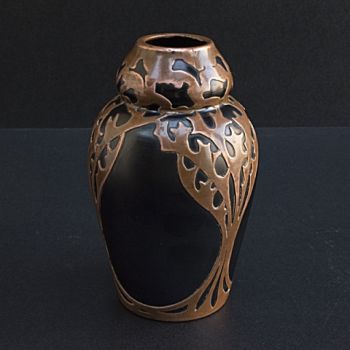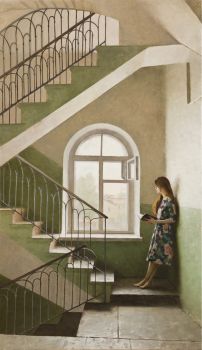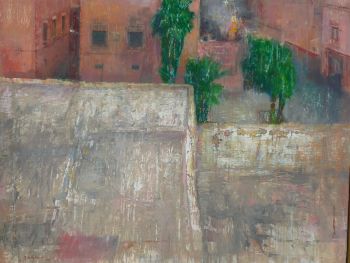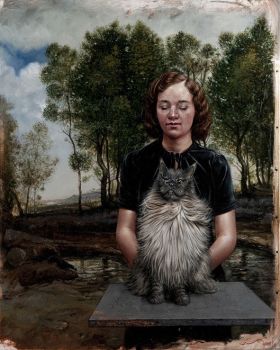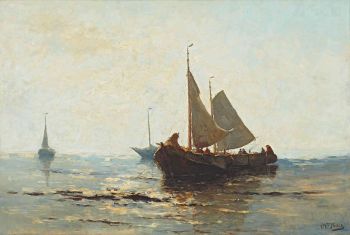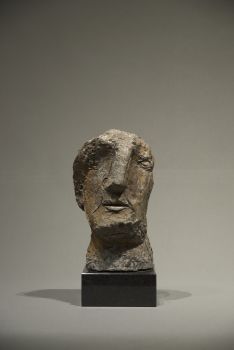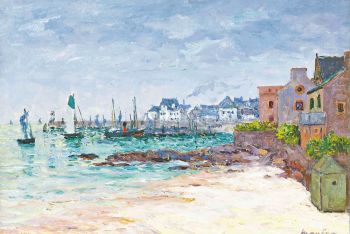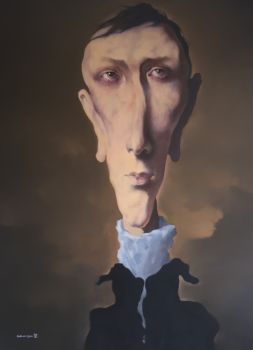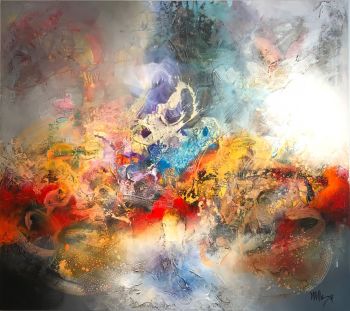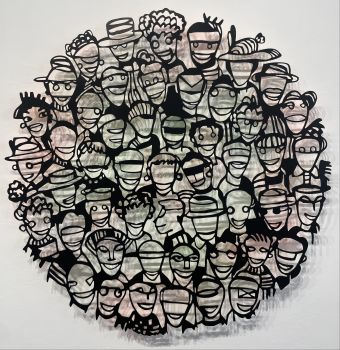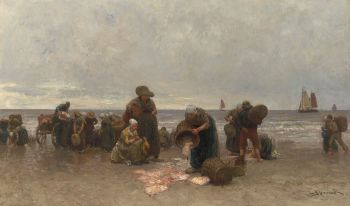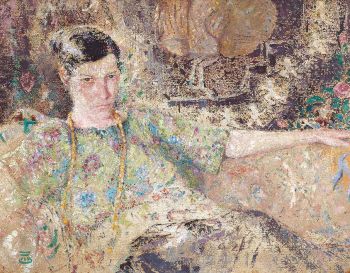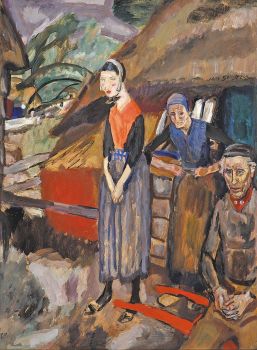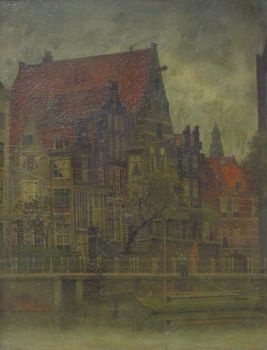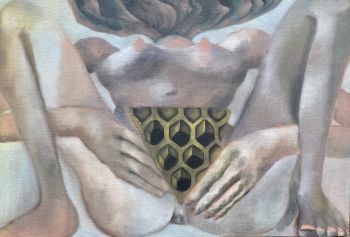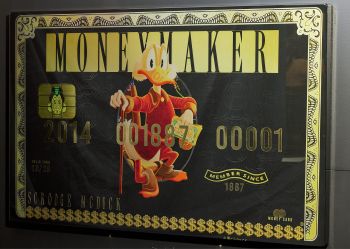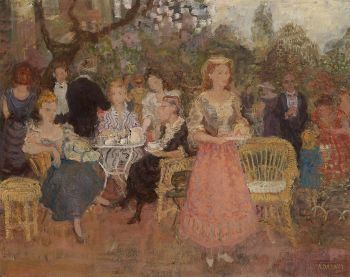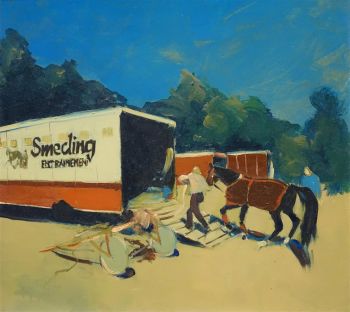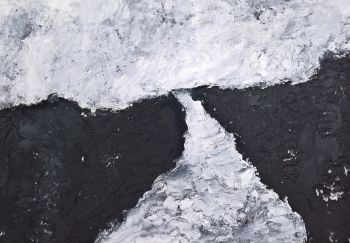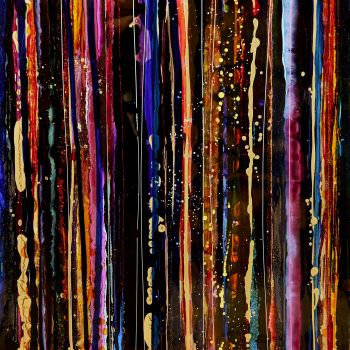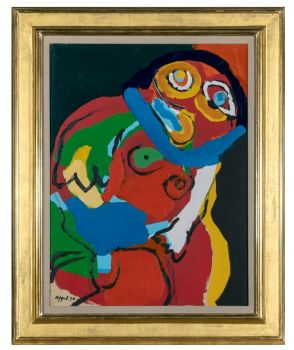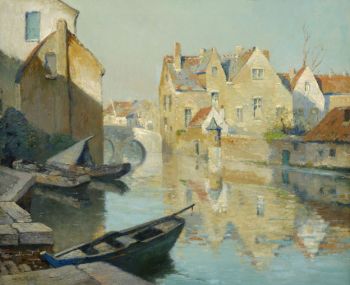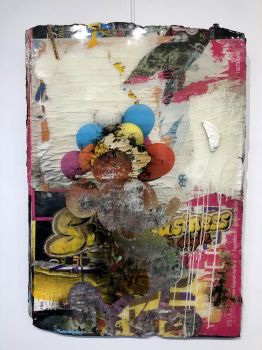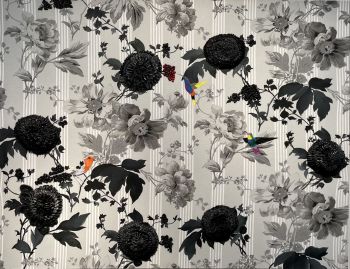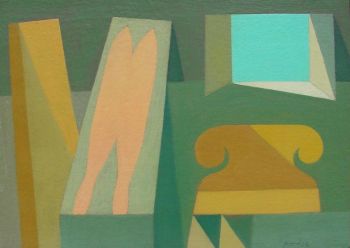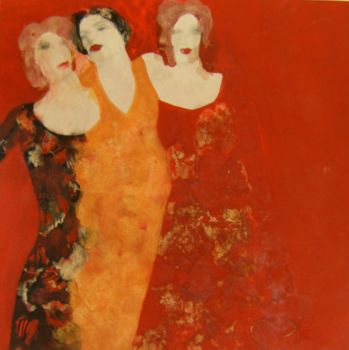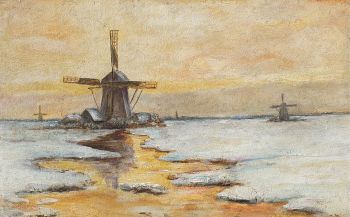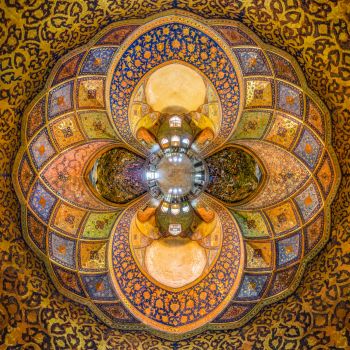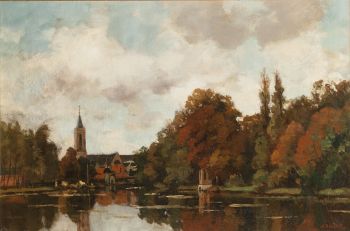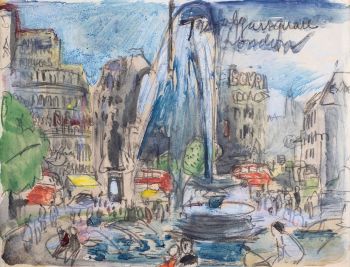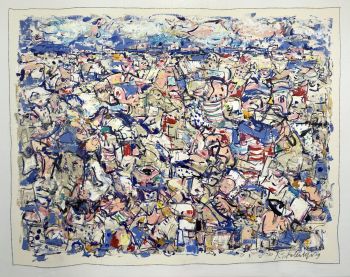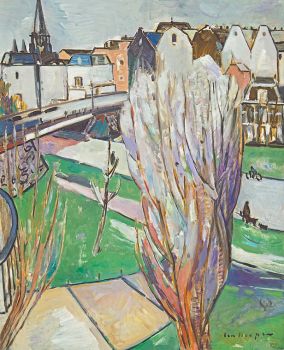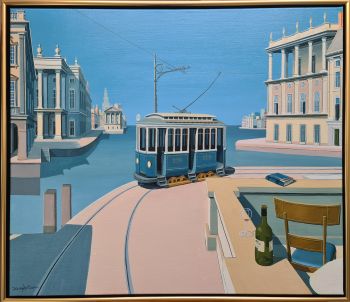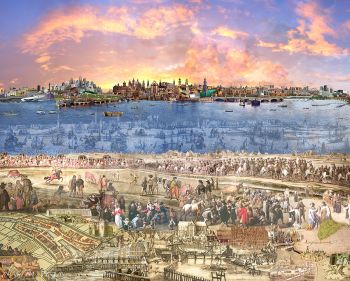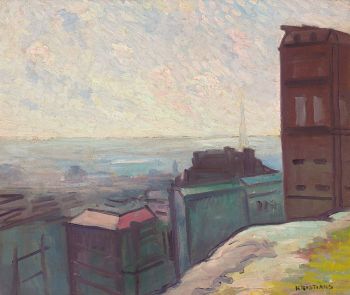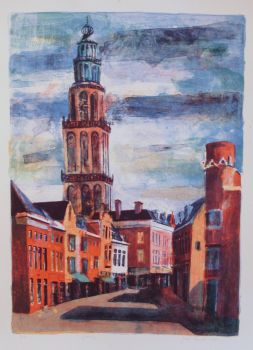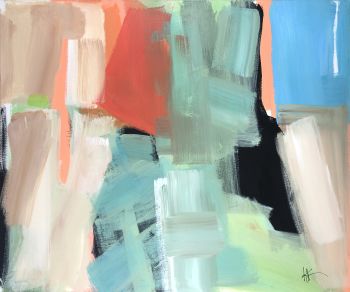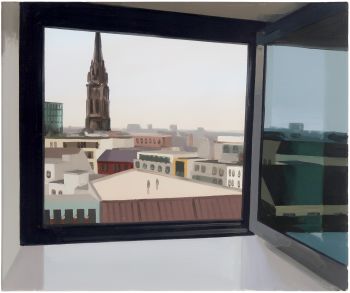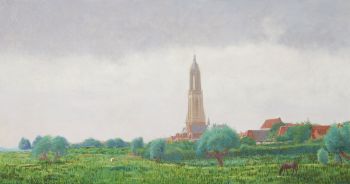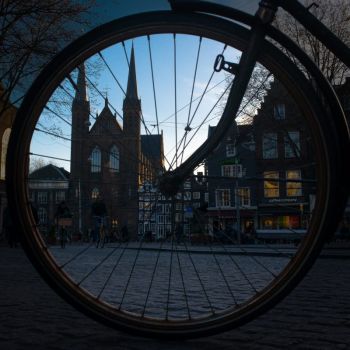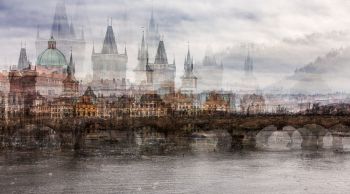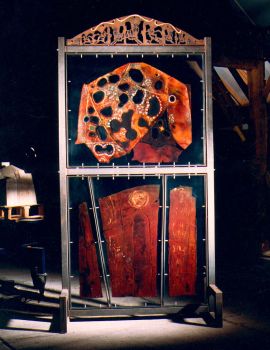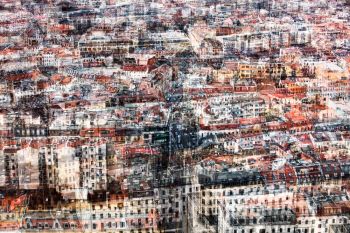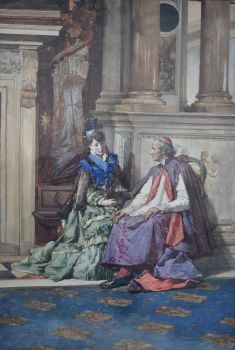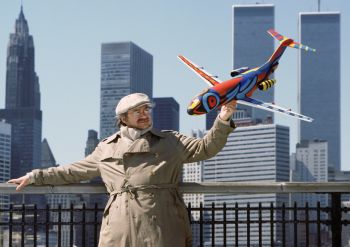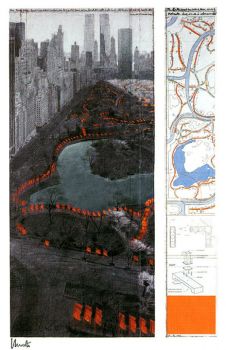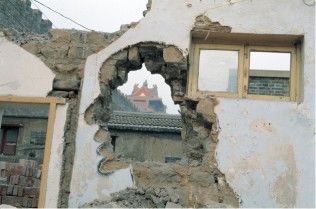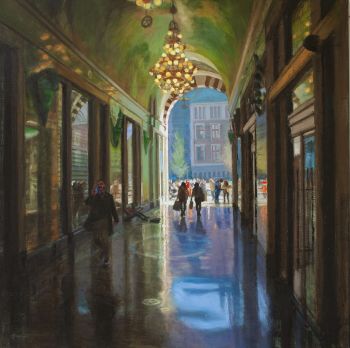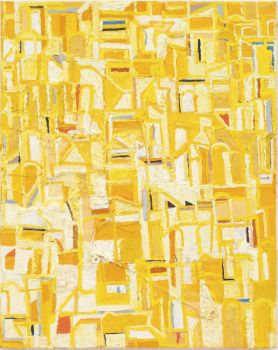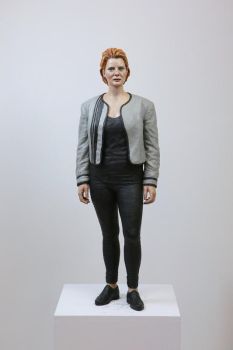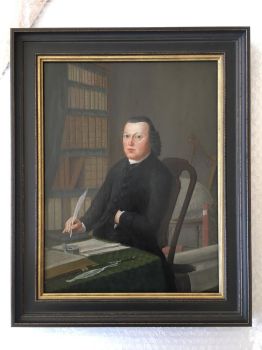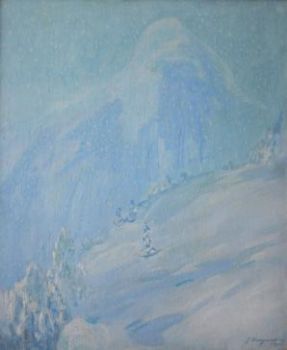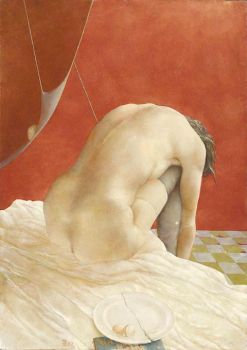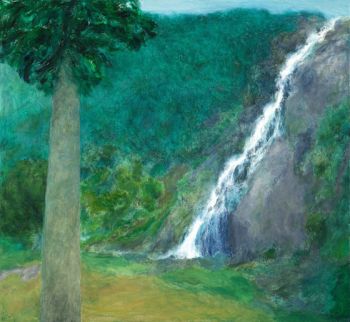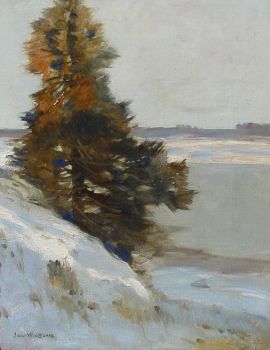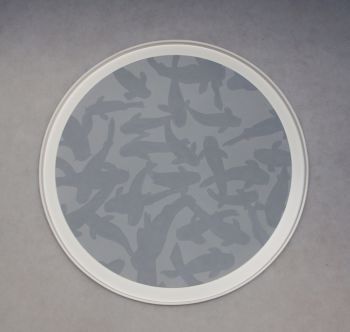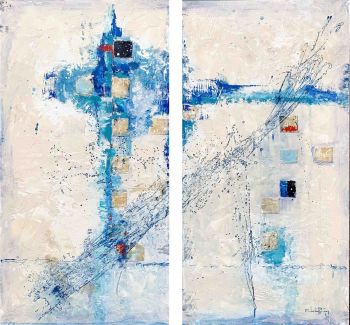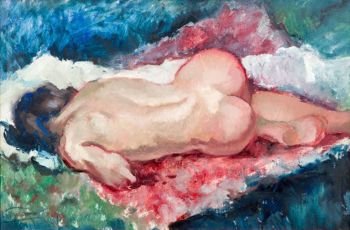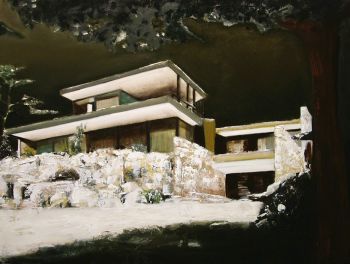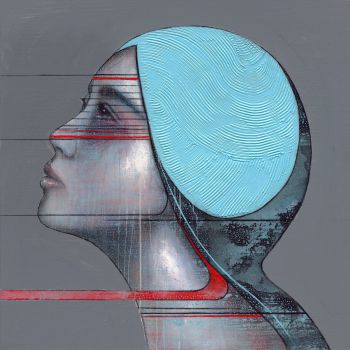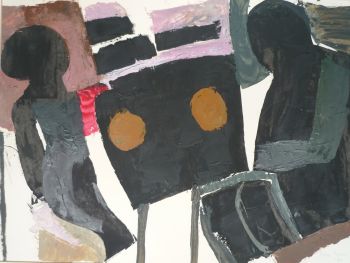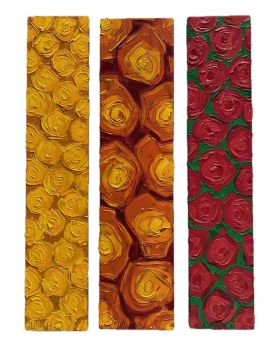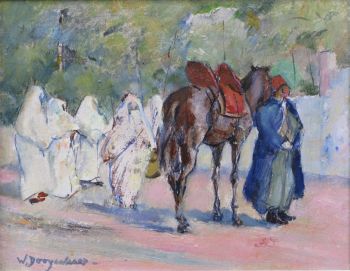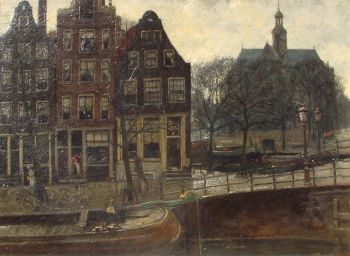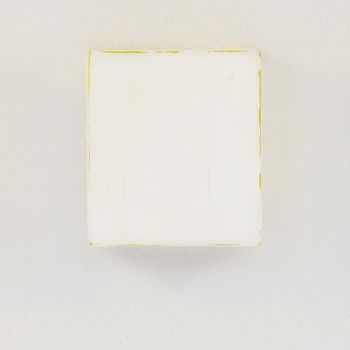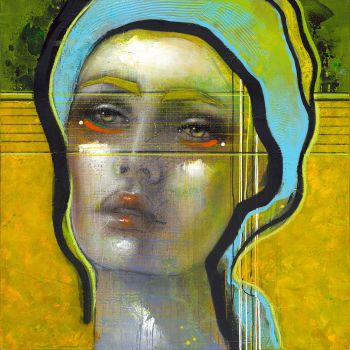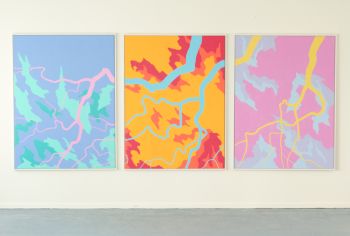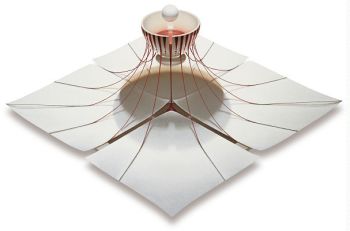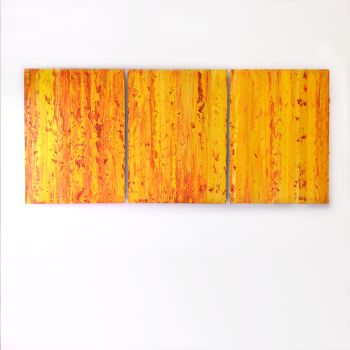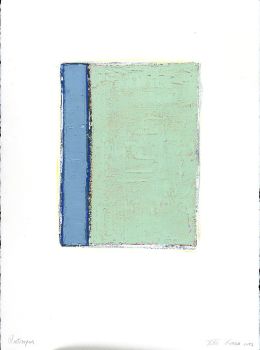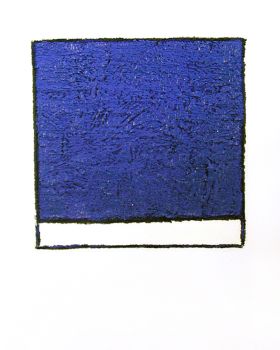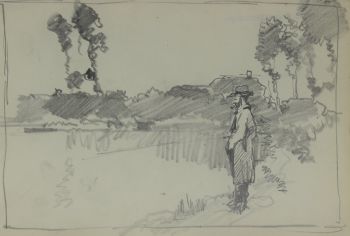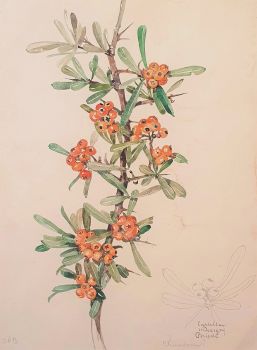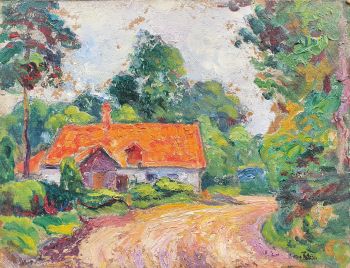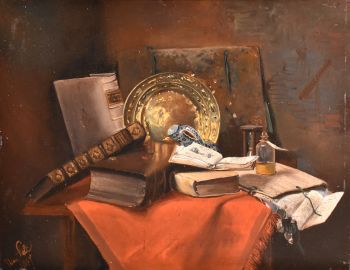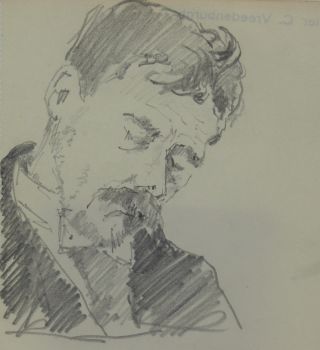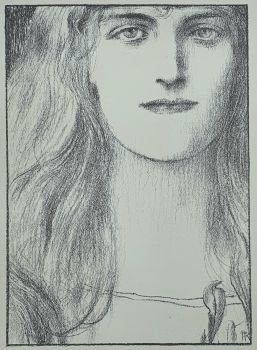View on the Church of Our Lady in Veere – Gezicht op de Grote Kerk in Veere 1910 - 1920
Willem Wenckebach
LienzoPintura de aceitePintura
65 ⨯ 81 cm
ConditionExcellent
€ 3.800
Klooster Fine Art
- Sobre la obra de arte[EN]
Willem Wenckebach probably painted this view on the Church of Our Lady around 1917, around the time he specialized in painting, after his initial success as an illustrator. The work shows the small town of Veere in the Dutch province Zeeland, seen from the North-West. On the foreground, a shepherd walks his flock out of town. In the background the Church of Our Lady – or Grote Kerk – dominates the landscape.
Wenckebach painted the view in a luminist style, emphasizing the effect of the light of the morning sun lighting the church. The technique he used is akin to the impressionists, which shows most clearly in his loose and varied brushwork. Especially in the sky but also throughout the painting he displays his mastery of colour.
Veere is situated on the coast and historically was a successful trade town on the former island of Walcheren. In the early twentieth century the region became a popular destination for artists to visit, particularly the city of Domburg. The seaside resort attracted artists like James McNeill Whistler, Piet Mondriaan and Jan Toorop.
[NL]
Willem Wenckebach schilderde dit gezicht op de Onze-Lieve-Vrouwekerk in Veere vermoedelijk rond 1917. Dat is rond de tijd dat hij zich specialiseerde in schilderen, na zijn aanvankelijke succes als illustrator. Het schilderij toont het kleine, Zeeuwse plaatsje Veere, vanaf het Noordwesten gezien. Op de voorgrond loopt een herder met zijn kudde het dorp uit. De achtergrond word gedomineerd door de aanblik op de Onze-Lieve-Vrouwe- of Grote Kerk.
Wenckebach schilderde het werk in lijn met de luministen, waarbij hij het effect van het ochtendlicht op de kerk benadrukte. De schildertechniek die hij gebruikte is verwant aan het werk van de impressionisten, wat vooral terugkomt in zijn vrije en gevarieerde penseelvoering. Voornamelijk de lucht, maar ook verspreid door het schilderij laat hij veel gevoel voor kleur zien.
Veere is gesitueerd aan de kust, en was een historisch belangrijke handelsstad op het toenmalige eiland Walcheren. In de vroege twintigste eeuw werd de regio een gewilde bestemming voor kunstenaars – met name het nabij gelegen Domburg. Die kustplaats trok grote kunstenaars als James McNeill Whistler, Piet Mondriaan en Jan Toorop aan. - Sobre el artista
Ludwig Willem Reymert Wenckebach, más conocido como Willem Wenckebach, fue un polifacético artista holandés. Trabajó como pintor, ilustrador, diseñador de encuadernación de libros y artista gráfico, y fue mejor conocido por sus acuarelas para los álbumes Verkade de Jac. P. Thijsse, además de colaboraciones con Jan Voerman Jr. y Jan van Oort.
En 1878 Wenckebach fue aprendiz de D.P. van Lokhorst y Jacob Eduard van Heemskerck van Beest en Utrecht, tras lo cual estudió en París entre 1880 y 1884 gracias a una Beca Real. De regreso a los Países Bajos, se convirtió en miembro de Genootschap Kunstliefde y desarrolló una amistad con Anthon van Rappart, con quien solía pintar "en plein air".
Wenckebach, conocido por sus pinturas de paisajes, también era amigo de figuras como Hendrik Petrus Berlage y Antoon Derkinderen. Expuso regularmente en Arti et Amicitiae y realizó exposiciones individuales en marchantes de arte desde 1910. Su trabajo, principalmente en el estilo de la Escuela de La Haya, se centró en paisajes de zonas como Wolfheze, Drenthe y las dunas holandesas.
Después de 1917, Wenckebach se centró por completo en la pintura y dejó de ilustrar. También enseñó en la Escuela de Artes Aplicadas de Haarlem, con alumnos como su primo Oswald Wenckebach y otros como Rie de Balbian Verster-Bolderhey y Johan Briedé.
¿Está interesado en comprar esta obra de arte?
Artwork details
Related artworks
Otto van Rees
Het atelier van de kunstenaar in Parijs (1918)1918
Precio a consultarKunsthandel Pygmalion
1 - 4 / 24Marcel Jefferys
Jeune femme au collier dans un intérieur1890 - 1922
Precio a consultarStudio 2000 Art Gallery
1 - 4 / 24- 1 - 4 / 24
Rene Rietmeyer
"Portrait of Lawrence Weiner, May 1999"1999
Precio a consultarEuropean Cultural Centre Collection
1 - 4 / 24- 1 - 4 / 12

